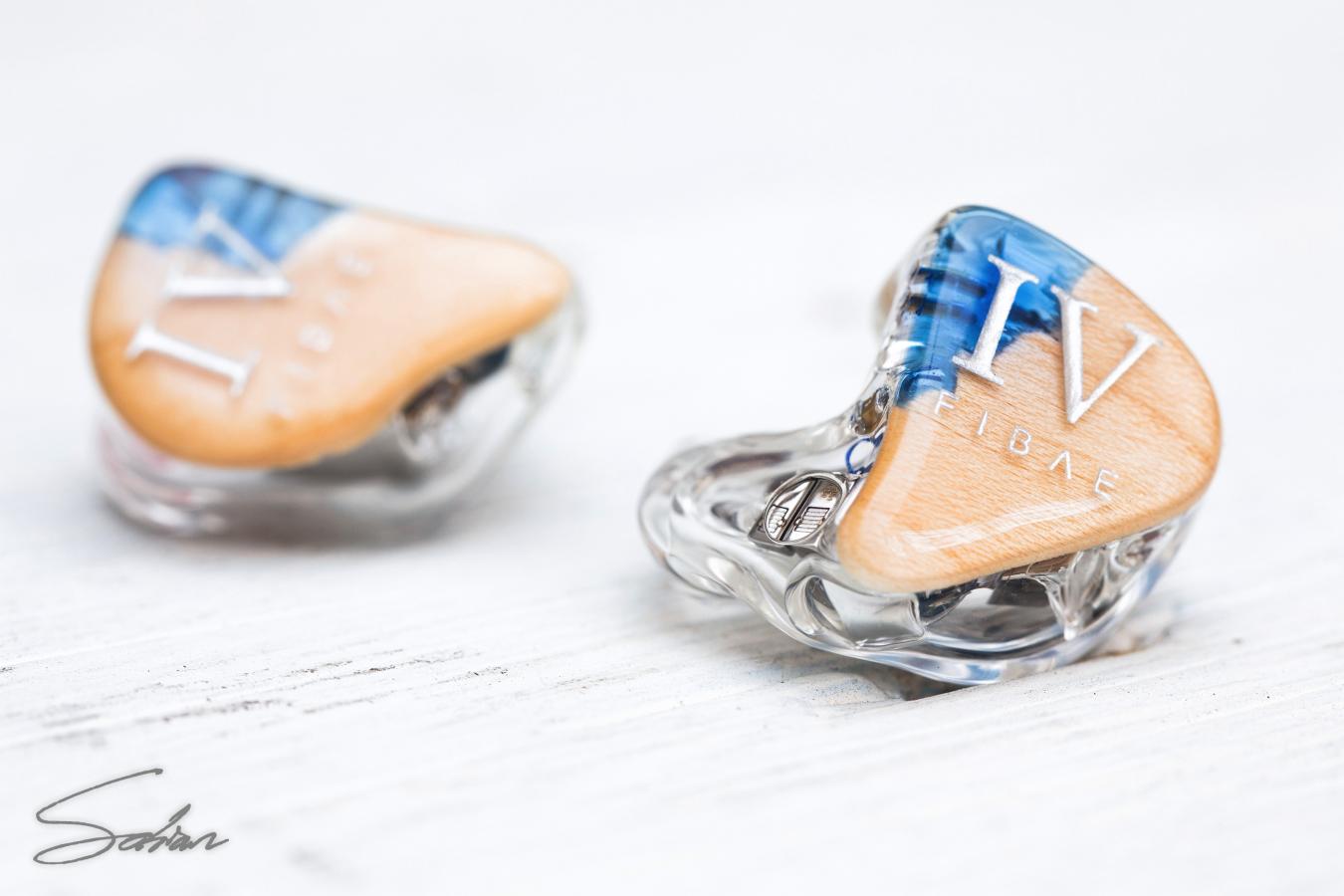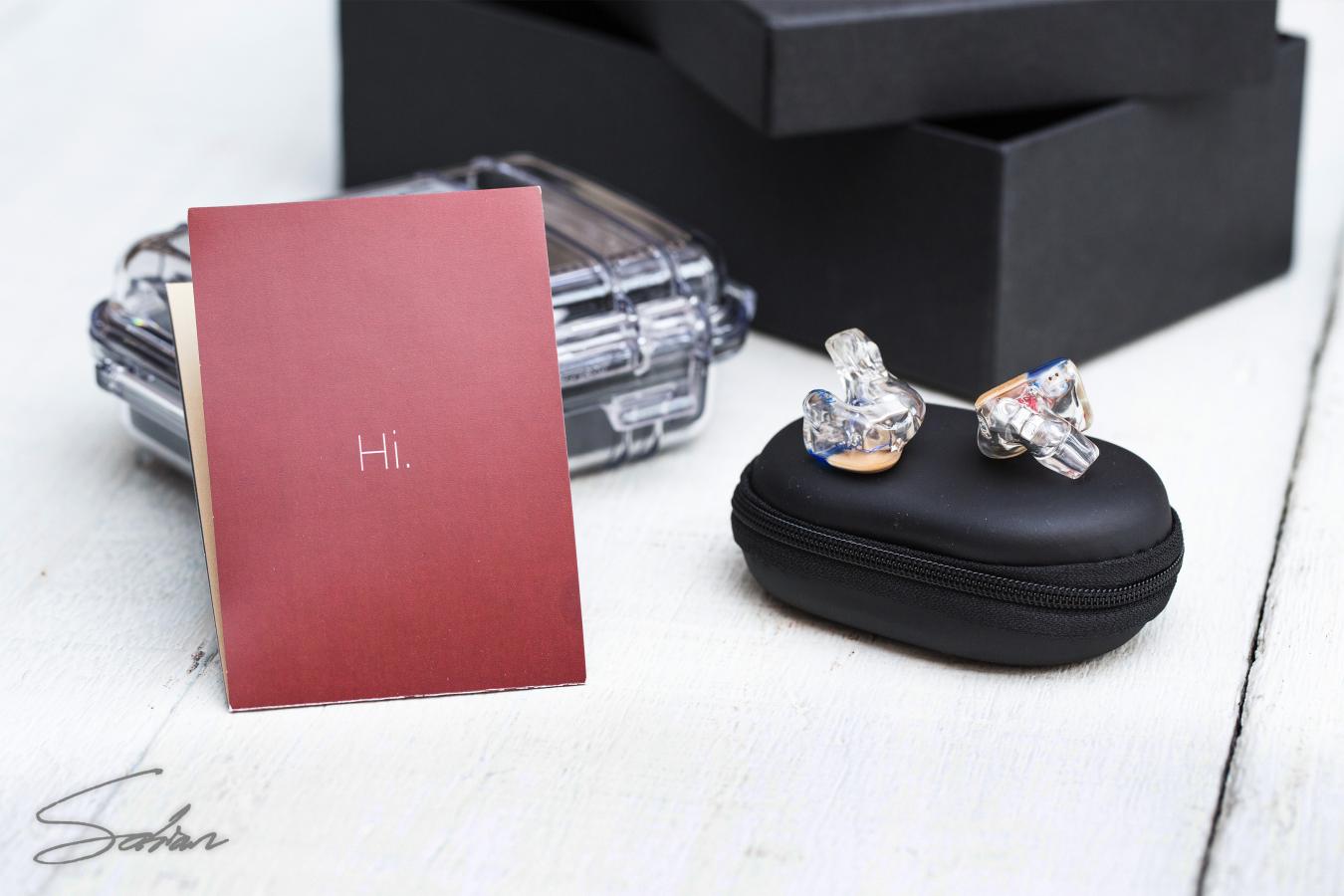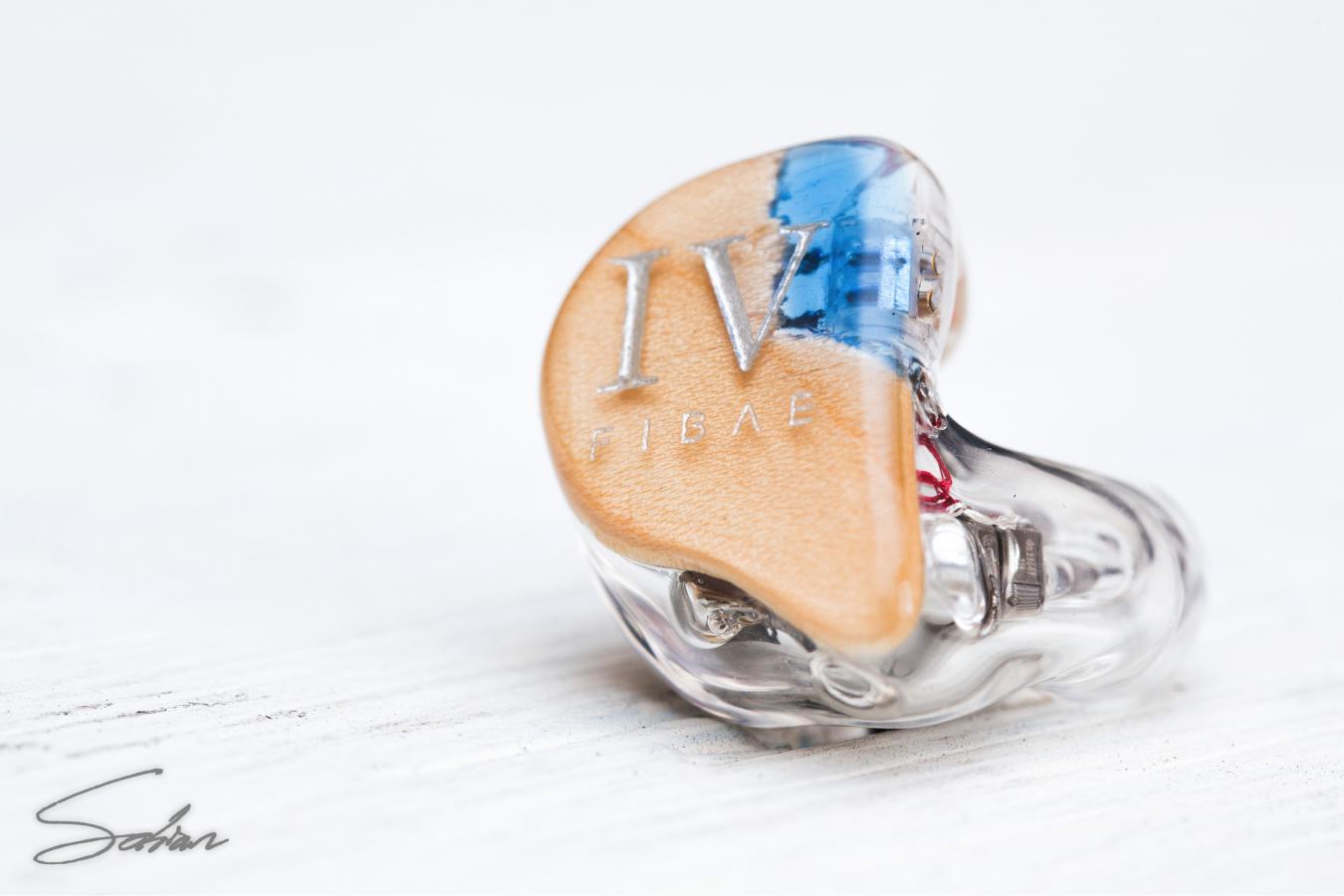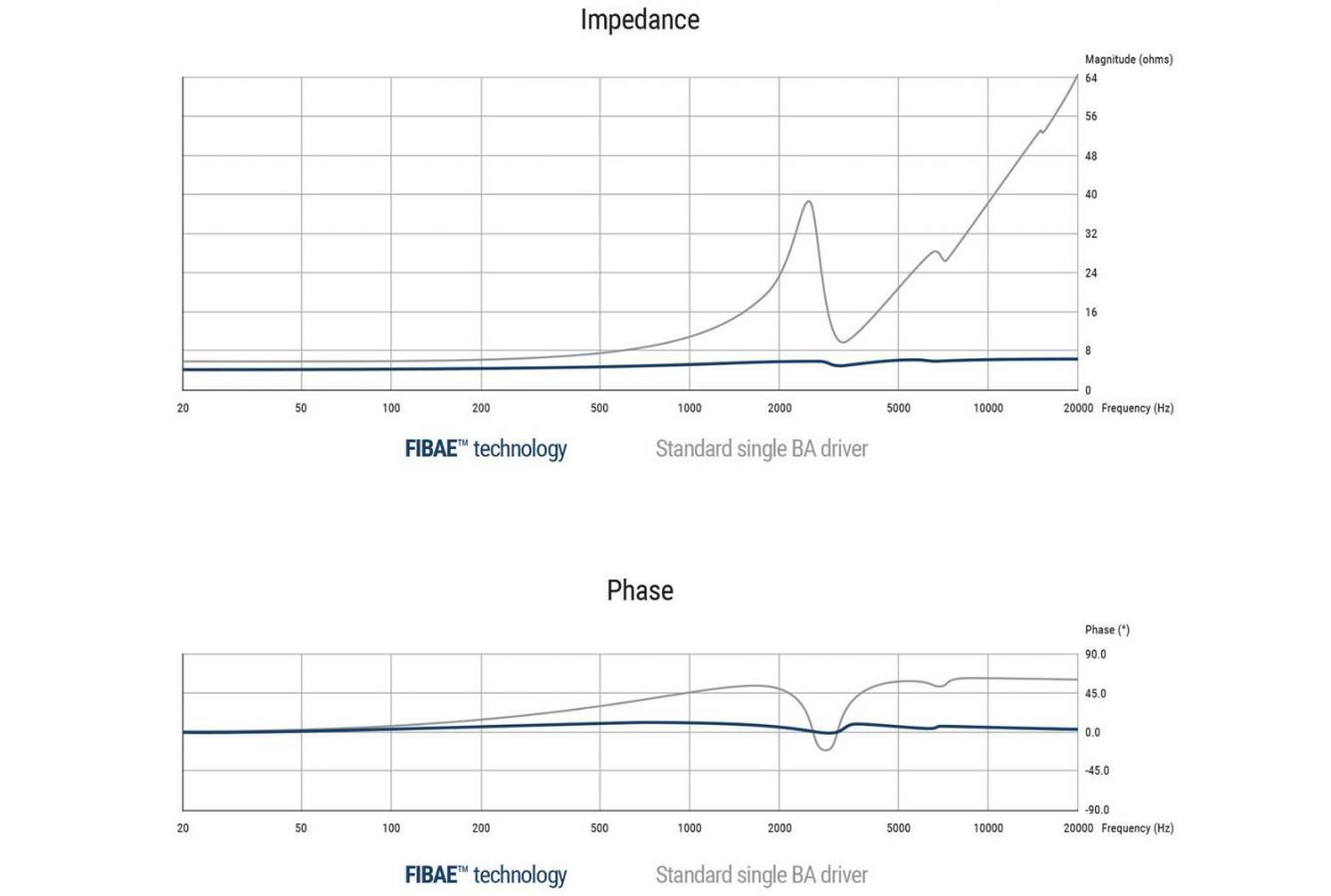DISCLAIMER: Custom Art provided me with the FIBAE 4 in return for my honest opinion. I am not personally affiliated with the company in any way, nor do I receive any monetary rewards for a positive evaluation. I’d like to thank Custom Art for their kindness and support. The review is as follows.
Custom Art is one of the most eminent value-for-money CIEM brands today. Although many have gunned for the throne, a balance between constant invention and community dialog have made Custom Art the most impressive of them all to watch as they grew sonically, technologically, and aesthetically too. Their recent innovations in FIBAE technology and the Pressure Optimising Design have given birth to the FIBAE Black – one of the the best value in-ears I’ve heard period. And now, with top-firing balanced armatures comes the line-up’s fifth entry: The FIBAE 4 – gutsy, bold and a whole lot of fun.

Custom Art FIBAE 4
- Driver count: Four balanced-armature drivers
- Impedance: 8.1Ω @1kHz (+-0.95Ω 10Hz-20kHz)
- Sensitivity: 115dB @1kHz @0.1V
- Key feature(s) (if any): FIBAE technology, top-firing drivers
- Available form factor(s): Custom and universal acrylic in-ear monitors
- Price: €725
- Website: www.thecustomart.com
Build and Accessories
The FIBAE 4 comes in Custom Art’s signature shoebox, within which are two included cases: A Peli 1010 hard case and a smaller zipper case. Inside the former is the company’s customary Hi booklet, which acts as a quick-start guide, warranty card and certificate of authenticity all in one. There’s also a hand-written date-of-manufacture, which is a nice touch. And finally, below that are your custom IEMs attached to a Plastics One Hi-Res cable, along with a cleaning tool and desiccant.

It’s become a running gag through my numerous encounters with (Custom Art founder) Piotr Granicki on- and offline to contrast his forward-thinking in-ears with his stubbornly stagnant packaging. This plain, black box has been here since Custom Art’s conception in 2012. At this point in their career, I think a packaging revamp with more prominent branding, a classier aesthetic and a couple more accessories here-and-there is long overdue. At the end of the day, although it’s not ultra-crucial to the success of the in-ears, it would definitely make their already-accessible prices all the more sweet.

Thankfully, Custom Art have spared absolutely no expense where it counts. The monitors themselves are gorgeously designed, immaculately constructed and superbly fitting too. Although the shells aren’t 3D-printed per se, they do take advantage of Custom Art’s recent shift towards digital processing. The ear impressions are scanned and trimmed in the digital domain. Once the shape is finalised, it’s printed and turned into a cast for the traditional, hand-poured technique. So, you get the precision of digital processing with the transparency and pristine-ness of hand-poured, UV-cured acrylic.

Visually, the earpieces are exquisite. The faceplates are a hybrid between maple wood and blue acrylic resin, finished on top with a FIBAE IV logo I quickly put together on Photoshop. Below are clear shells flaunting those top-firing drivers as much as possible. As has always been the case for Custom Art, the in-ears are smoothly finished with zero seams, rough areas or dull spots. The colour-coded wiring for left and right are especially nice touches. Combined with the improved fit thank to Custom Art’s digital processing, my FIBAE 4’s are yet another home run on their fit-and-finish track and record.
FIBAE Technology
FIBAE is short for Flat Impedance Balanced Armature Earphone, and it has become Custom Art’s flagship innovation. First introduced with the FIBAE 1 and the FIBAE 2, what the technology ultimately aims to do is preserve the in-ear monitor’s tonal balance no matter the source it’s connected to. So essentially, whether you’re listening to a FIBAE monitor through your laptop or a dedicated DAP, the frequency response should remain the same. This is especially crucial if you plan to use these on mixing consoles, monitor mixers, etc., where the output impedances can vary wildly from one to the other.

However, that doesn’t mean you won’t hear any differences between said laptop and DAP either. Although FIBAE tech leaves the frequency response intact, the earphone will scale based on whatever data is fed to it. A more resolving DAC is capable of exhibiting superior stage expansion, background blackness, etc. So, although these in-ears won’t bridge the gap between capable and less capable sources, it will allow the user to judge those differences in a clearer manner. And, whatever source you choose to use at the end of the day, you’ll always be guaranteed the sound Custom Art intended.


